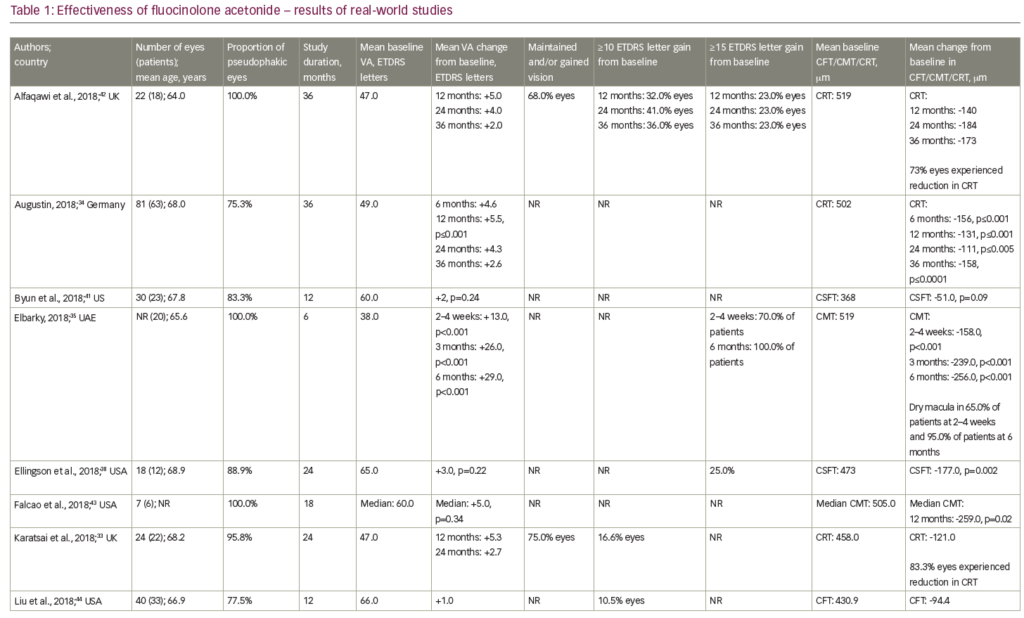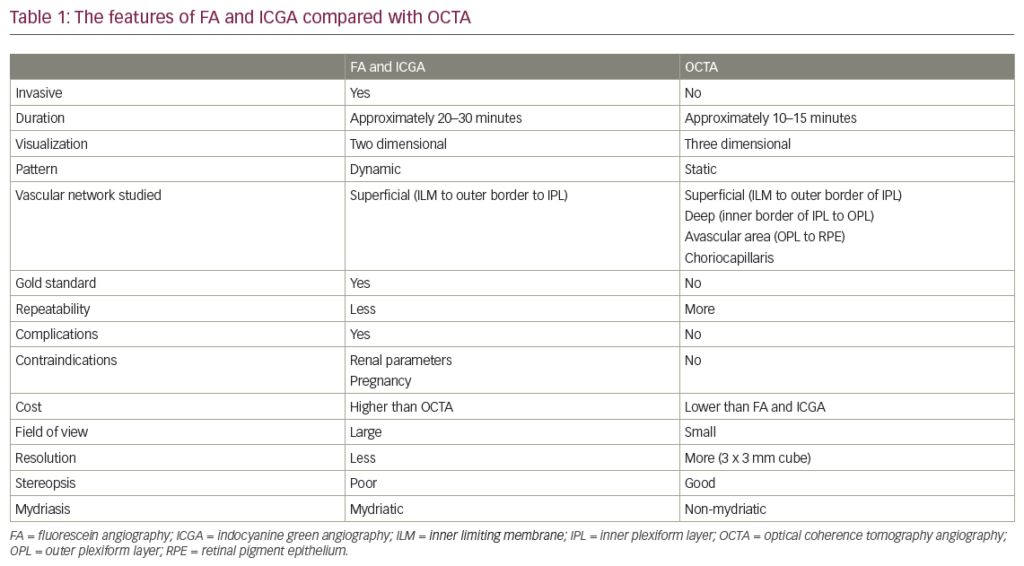Femtosecond Laser Cataract Surgery – A European Perspective
The use of femtosecond laser cataract surgery (FLACS) was first reported in 2009,1 and currently it is spreading all across Europe. Despite the fact that the number of working units remains low, scientific interest is high. It seems that the ophthalmic community wants to avoid errors of the past, when intraocular lenses (IOLs) and then phacoemulsification took a long time to gain wide acceptance. As FLACS appears to refine cataract surgery more than radically changing it, scepticism about its actual value is also frequently encountered. In addition, early published results are controversial.
Currently, four platforms are available in Europe for FLACS, and one will soon enter clinical practice. These platforms differ in several aspects: the laser head may be fixed or movable, the suction clip may be integrated with the emission cone or separated, the required intraocular pressure varies between 30 and 60 mmHg, the scanning method can use optical coherence tomography or Scheimpflug imaging, the duration of the procedure varies between 1 and 3 minutes and so on. These differences yield different results, and thus the published papers must be referred to the specific unit employed. For instance, the results obtained by Bali in 20122 and cited by Raoof and Shtein in this issue3 have been overcome by a major change in the platform they used.
There are two types of learning curve in FLACS. One is the surgeon’s learning curve while he or she is implementing the new technique into his or her practice; the second is the company learning curve as the feedback and the suggestions gathered from clinical practice are used to improve the machine. This co-operation is producing the fastest development of machinery I have ever witnessed in ophthalmology.
Are phacoemulsification techniques improving? This is the fundamental question to be answered. Femtosecond lasers can produce complication-free capsulotomies in every eye with transparent cornea, including difficult eyes with lens subluxation, shallow anterior chamber and nystagmus. Laser lens fragmentation will reduce the mechanical stress of the zonula often produced during cataract grooving with ultrasound. Ultrasound energy is greatly reduced or not required at all. The procedure repeatability will shorten the time required to study new IOLs, and will promote new IOL design and concepts.
We still do not know if anatomical and refractive results of cataract surgery will improve with the advent of femtosecond lasers, and the European Society of Cataract & Refractive Surgeons (ESCRS) is launching the FLACS study to answer this question. However, robotic surgery conserves time, and therefore I see a future for FLACS. Even the most important limiting factor, cost, will be reduced as it decreased with every high-technology equipment developed in the past.
European Ophthalmic Review would like to take this opportunity to thank all participants in this edition, especially our expert authors for sparing the time to produce a perceptive selection of articles. A special thanks is reserved for our editorial board for their continued support and invaluable guidance.












